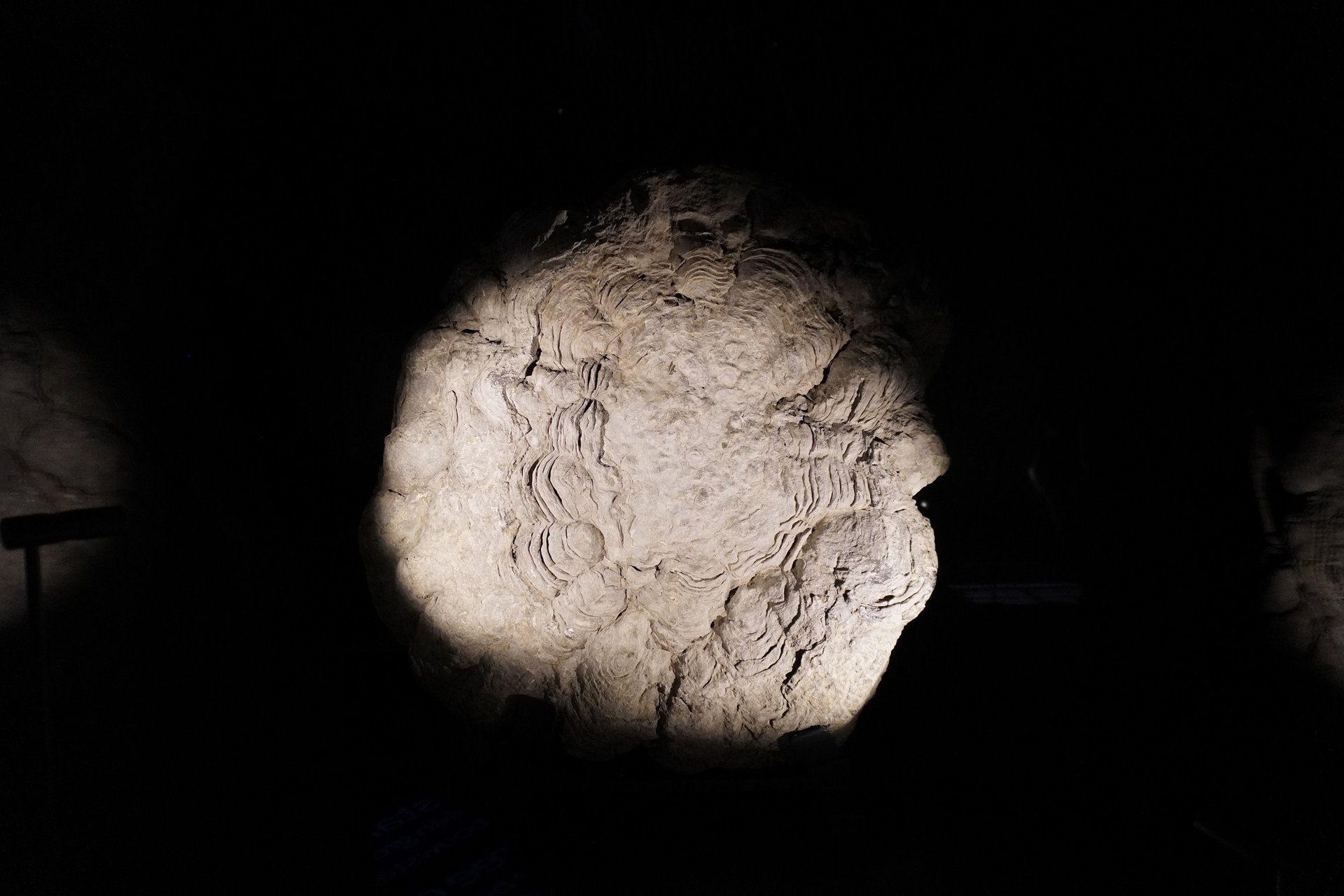The fossil in question is a stromatolite, a rock formed by the activity of micro-organisms in prehistoric shallow waters. These kinds of stromatolites are invaluable for understanding the early history of life on Earth, as they played a crucial role in the earliest ecosystem and contributed to the production of oxygen. Essential for the development of life on our planet as we know it today.
For ARTIS, the stromatolite is a beautiful addition to the collection. "ARTIS-Micropia, the world's first microbe museum, offers an insightful view into the microscopic world of micro-organisms and their crucial role in the ecosystem. This stromatolite helps us to tell that story even better," says Thomas Swierts, head of ARTIS-Micropia.
A long journey
The stromatolite, approximately 490 million years old, originates from Saratoga Springs, located in the American state of New York. This place saw the first scientific description of stromatolites in 1825. After a series of transfers, this specimen found its home in the collection of ARTIS, where it was previously exhibited in the Geological Museum. Since the closure of this museum in 2011, the fossil has been in storage. Recently, it has been transferred to ARTIS-Micropia, where it will now be on display for the public to admire.

